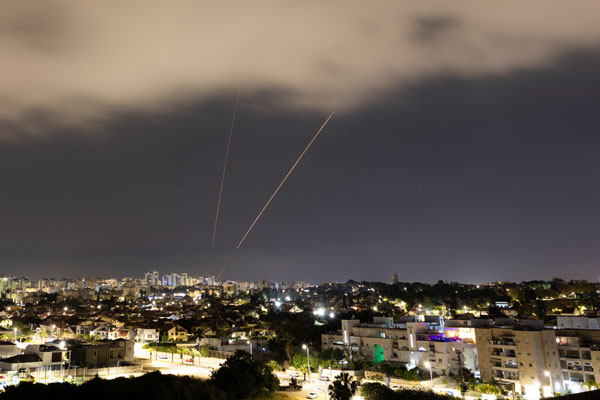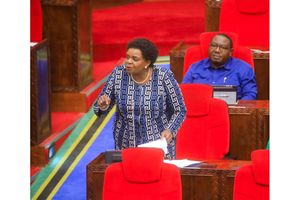Stamico reviews effectiveness of its 50 prospecting licences

Stamico workers participate in demonstrations on Labour Day. PHOTO | FILE
What you need to know:
- The firm has said it will review its 50 licences to determine their economic viabilities.
- They include coal, tin, kaolin, graphite, uranium, gypsum, calcium carbonates, gold, gemstones, felspar, phosphates, rare earth metals and high tech metals such as Lithium and Niobium
Dar es Salaam. The State Mining Corporation (Stamico) is studying the cost effectiveness of its mineral rights that eat $119,466.95 (more than Sh273 million) as licence fees annually.
In an exclusive interview with The Citizen yesterday, Stamico’s Exploration and Drilling acting director Alex Rutagwelela said the corporation has more than 50 mineral rights, including prospecting licences, mining and primary licences that are subject for review to ascertain their value for money.
“Since we incur a lot of money for payments of mineral rights, we have decided to review them in order to do away with the licences which are not economically viable,” Mr Rutagwelela said.
The list of minerals which are lined up for prospecting, exploration, mining and development include those of coal, tin, kaolin, graphites, uranium, gypsum, calcium carbonates, gold, gemstones, felspar, phosphates, rare earth metals and high tech metals such as lithium and niobium.
“It is also important to note that in most cases exploration activities are very expensive. You can spend multibillion shillings for exploration alone without obtaining any substantial data on the reserve of the targeted minerals,” he said.
According to him, estimated cost of exploration ranges between Sh5 billion and 10 billion invested at once.
Stamico has major mining projects including Kiwira Coal and Energy project, Buhemba Gold mine, Buckreef project, tanzanite project with tanzanite One, tin project in Kyerwa and Stamigold project (Former Tulawaka).
Some multiple activities are exploration, geological survey, mapping, geographical and geochemical work, pre-feasibility study, feasibility study, sampling and exchange of vital data and information dissemination to share views for comprehensive studies.



